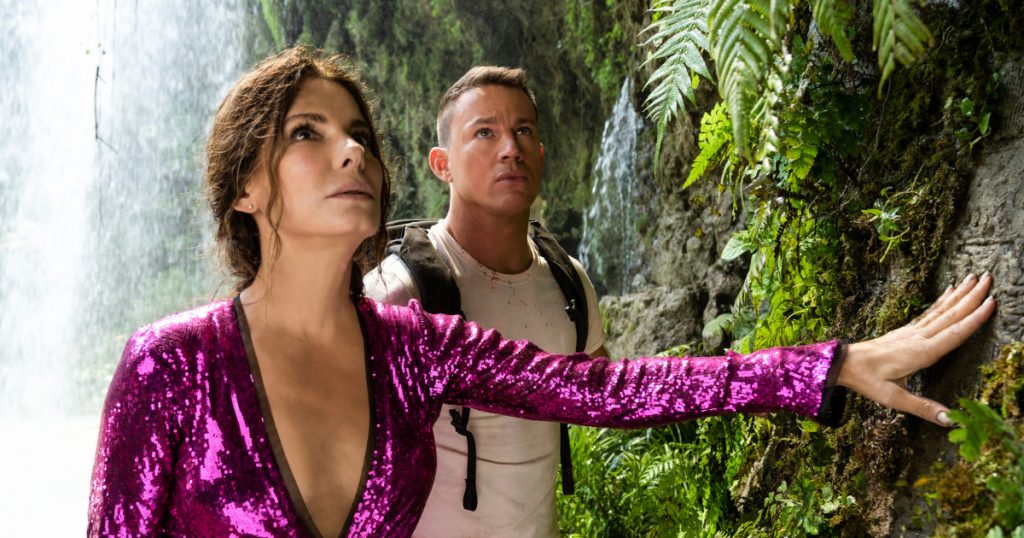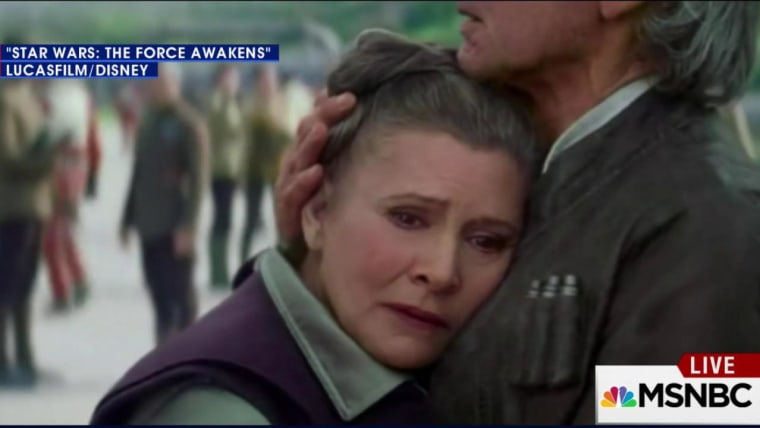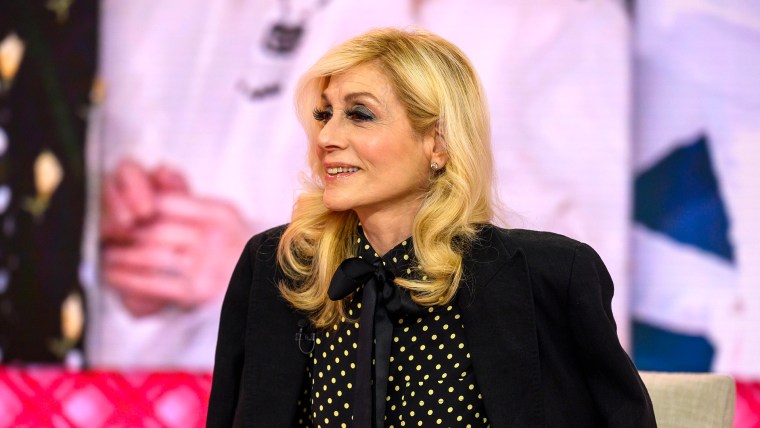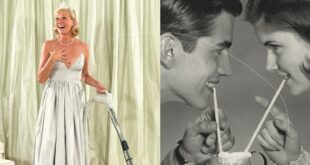
Toward the end of “The Lost City,” a surprise box-office hit in 2022 built on the charms of its two stars, Channing Tatum looks deep into the eyes of Sandra Bullock. “This is the very first time I’ve seen you totally unafraid,” he says, “and alive.” It’s supposed to be a life-changing moment for Loretta Sage, Bullock’s romance novelist, who has finally embraced in her own life the sense of adventure she had long written for her characters. But it fails to land, in large part because Bullock’s face doesn’t change very much at all. And that, for the 58-year-old star, may very well be by design.
It’s a systemic issue, not a moral failing. And like other cultural trends, it has crystallized in the entertainment industry.
Bullock remains a beloved, beautiful and very bankable Hollywood mainstay. And yet today, she appears practically frozen in time. To me, this aesthetic, which is by no means specific to Bullock, serves as a reminder of the intense cultural pressures that no hashtag or well-meaning “natural” makeup campaign has been able to lessen.
Cosmetic surgery, fillers, Botox and Botox alternatives — which seemingly exist so people can say with a (very) straight face that they don’t use Botox — are, if anything, becoming more popular and are being used at even younger ages. Surveys suggest injections of Botox for people in their 20s have risen by nearly 30% since 2010. Women are now scraping away fat from their cheeks, a procedure known as buccal fat removal that creates an apparently pleasing hollowness (until, of course, it doesn’t).
It’s a systemic issue, not a moral failing. And like other cultural trends, it has crystallized in the entertainment industry. Once the wrinkles appear, Hollywood starts to typecast leading ladies and push them into supporting roles, if they’re lucky. Exceptions like Frances McDormand are depressingly few and far between.
What people do to their bodies is their own business, but the ubiquity of injections, fillers and surgery in Hollywood creates a trickle-down problem. The entire age paradigm in pop culture is shifting. Carey Mulligan’s performance as a woman who lures men into sexually assaulting her to teach them the error of their ways in “Promising Young Woman” was criticized by some who thought she wasn’t young or hot enough to pull off the scam. She was 34 at the time of filming.
Meanwhile, social media and working from home are, at least anecdotally, helping to supercharge beauty trends. According to the American Academy of Facial Plastic and Reconstructive Surgery, 1.4 million cosmetic procedures were done in 2021, a 40% increase over 2020. Surveys show that the increase may be related to the so-called Zoom effect — i.e., the anguish of staring at your own face for more than a year. But that doesn’t discount the impact of Hollywood. The longer you stare at your own face, the more you see how you don’t look like your favorite actor — or influencer.
In another catch-22, stars also risk backlash if they do get cosmetic surgery — or if fans believe they have. When Nicole Kidman posted a photo on Instagram from the set of her new Amazon series, “Expats,” some fans voiced their disappointment in the comments. “You don’t look like you,” one said. Bullock, like Kidman, has previously denied getting plastic surgery (although she has talked about using something called Epidermal Growth Factor).
It’s worth pointing out here that these pressures aren’t exclusive to women. As women are expected to look younger and younger, men in the superhero era are looking bigger and buffer. As with cosmetic surgery, there is no way to prove that an actor has taken anabolic steroids, for example, but those with knowledge of the limits of the male body, especially as it enters middle age, may be able to spot the signs. Steroids have the same pernicious impact in Hollywood as cosmetic surgery, artificially elevating physical expectations and increasing peer pressure to keep up with the new standards. This in turn makes fans feel worse about their own bodies, and it can even limit the narrative impact of movies if actors lose the features that make them seem human and relatable.
Solutions to systemic cultural issues, especially ones tied so tightly to our anxieties about aging and mortality, aren’t easy to come by. But the business-as-usual approach isn’t working. The gap between those who are able to artificially stop the natural aging process and those who don’t seems to be widening, but transparency isn’t keeping pace. This lack of clarity has muddied the waters in a way that helps literally no one but hurts quite a few.
Jane Fonda, Joan Rivers and Dolly Parton are three stars who have all famously opened up about their operations and procedures — both the positives and negatives. For many others, it remains a taboo. And that’s a shame. Owning your identity and aesthetic choices can be personally empowering, as Parton has articulately noted. But right now, we still exist in a culture that wants women to look as if they’ve stopped aging — while denying they’re trying to stop aging. It’s almost impossible, and the evidence is everywhere.

 Latest Breaking News Online News Portal
Latest Breaking News Online News Portal






